Table of Contents
- Understanding Media Education
- The Role of Media Education in Digital Citizenship
- Benefits of Media Education
- Enhances Critical Thinking
- Enhancing Digital Literacy
- Informed Participation in Digital Communities
- Media Education in Schools and Educational Institutions
- Media Education for Lifelong Learners
- Challenges and Solutions in Media Education
- Conclusion
American Community Survey in 2019 reported that 95 percent of 3 to 18-year-old kids have access to home internet. In late 2023, the average screen time of US kids aged between 8 to 18 is seven and a half hours. Streaming platforms such as Netflix have replaced cable internet. People are using social media to gain news about people around the globe. But, researchers found that only 30 percent of parents are confident about discussing internet safety with kids.
In this situation, it is crucial to teach students about digital literacy and the safe use of technology. They are digital citizens who need media education to develop digital citizenship skills in them. But, how can media education help them? We are going to discuss it in this blog.
Understanding Media Education
Media education is the methodology through which teachers and parents make students literate about the use of media and its impact on society. It enables us to critically understand and analyze media messages to know which one is good or fake. The digital media literacy scholar Sonia Livingston says that the more media is entering into every field of our lives, the more we need to be informed about it. We need to be informed and critically judge what is useful or misleading in media messages. We need to be literate about media use so that we can interact with society meaningfully.
Media literacy focuses on developing critical thinking, responsibility and empathy in students. It enables them to critically analyze the content on social media to know how it is impacting their society or mental well-being. It teaches them how to create content in the media that will be meaningful, respectful and has empathy in it. Media Literacy Now's survey found that nearly half of the American adults aged from 19 to 81 don't have media literacy. So, it is necessary to teach media literacy to students in the classroom.
The curriculum of media literacy mainly builds on the creative, positive and pleasurable dimensions of popular culture. This includes toys, fads, shopping malls, theme parks and fashion. It is because media is complicated and in each aspect of the culture so students should learn to observe their culture along with analyzing the content on social media. The curriculum also focuses on managing digital conflicts and how to create content responsibility. It means that students need to develop responsibility so that they don't create biased or hateful online content. They also need to learn how to ask relevant and meaningful questions and different ways to find their answers. It means they need to develop critical thinking so that they can look deeper into the content. And, they also need to develop research and reading skills.
The digital literacy or media education model contains three features: key concepts, core competencies and framework topics. Key concepts are what students need to understand, core competencies are the skills they need for media literacy such as critical thinking, and framework topics are the content that they need to know.
The Role of Media Education in Digital Citizenship
Digital citizenship includes teaching students how to remain safe when engaging with technology. It involves saving them from cyber threats, sexual or harmful content, cyberbullying, breaching of privacy and other demerits of digital technology.
The research found that cyber threats are happening every 39 seconds in the online world. 59 percent of US teens are cyberbullied at one point. One in seven children is contacted online for sexual purposes. In this scenario, media education in school can save kids from the harmful impacts of technology and promote digital citizenship.
Benefits of Media Education
Enhances Critical Thinking
Media education in the classroom develops core life skills in the students such as critical thinking. It enables them to critically analyze different media messages and remain conscious of how these messages are impacting their physical and mental health. This helps them in developing critical thinking skills that can benefit them in academic and other life aspects. Researchers believe that this education develops 4C skills in the students. These are critical thinking, communication, collaboration and creativity.
Enhancing Digital Literacy
A study on 198 female students found that media literacy enhances knowledge and impacts the behavioural intentions of students. The study contained 101 female students in the intervention group and 97 in the control group. They found that female students can save themselves from fake news and other cyber threats because it enhances their digital literacy. It increases the individual's doubt about the quality of media messages and they feel more responsible for creating quality online messages. A survey found that 95 percent of teachers believe that media literacy guides students on how to analyze media messages and the underlying messages in them. 85 percent of teachers believe that media literacy saves kids from the harmful impacts of media.
Informed Participation in Digital Communities
Social media and digital technology have great benefits for kids. It can help them in learning and digital communities enable them to connect with people around the globe. They can learn new things outside of the classroom when they will have critical thinking and digital literacy. They can add valuable content to digital communities if they have empathy and a responsible attitude. For example, elementary teacher Courteney Sears teaches second-grade kids about Hurricane Maria and Puerto Rico. These kids created a fundraiser in the digital community and got 300-dollar funds from it. This shows how media literacy can enable students to add value to the community.
Media Education in Schools and Educational Institutions
Lee (2014) says that in this digital era, young adults are not only the consumers of the technology but they are also the creators. Whether they are creating CNN articles or TikTok videos, they should be mature enough to have communication skills and critical thinking to utilize the media. For this, media education in educational institutes is crucial. Education scholars have pointed out that students of the 21st century need five groups of skills to be successful. These are the “knowledge of core subjects (English, mathematics etc)”, “life and career skills”, “21st century themes (entrepreneurship, financial skills etc), “innovation skills (creativity, critical thinking etc) and information or media literacy. They state that schools no longer need to focus on core subjects only but should focus on the generic skills of students. And in these skills, media literacy is prominent.
For this, teachers and schools have to change their pedagogy styles. 21st-century students have different beliefs and thought systems than previous generations. They love the digital world and believe in the freedom of voice and hands-on learning. So, teachers should introduce digital technology in the classroom to teach media literacy. iPads, LMS systems and other technology aspects should be a part of the classroom. Quizlet, Padlet, Kahoot, To-teach, Mindsmith, Formative AI etc are some educational tools that you can use in the classroom to teach about media literacy.
Moreover, teachers should keep the instructions student-centric. It means they shouldn't keep students passive learners in the classroom but active ones. For this, teachers should introduce Project-based learning, open-ended questions, and collaborative learning by giving group projects and inquiry-based projects. They should use media content such as articles, tweets, social media videos and digital trends to teach media ethics, critical awareness about media, analytical skills and how to constructively apply in life what has been learned from the media.
Media Education for Lifelong Learners
Researchers believe that the 21st century requires continuous updating of knowledge and enhancing critical thinking skills. It is crucial for employees too because their skills become irrelevant after every 12 to 18 months because of the rapid development of technology. So, they should know how to keep pace with the technology and update their skills. It can be possible only when they will have self-directed learning skills and media literacy. They can use MOOCs and online platforms to update their knowledge and skills.
Challenges and Solutions in Media Education
The major challenge a teacher faces in the classroom is technical problems. Students don't know the right use of technology so they may make mistakes while logging in and using laptops for their learning purposes. In this regard, teachers should hold some special classes for students to guide them about technology use. Moreover, institutes should step up to provide essential computer labs to pupils so that there will be no digital divide issue.
Another challenge media education class faces is the lack of concentration from students. There are two teachers in the classroom; one is physically available and the other one is on a computer or iPad. This can distract students. Also, teachers noticed that students keep using iPads when they are giving instructions. For this, teachers should develop strict rules about the use of technology in the classroom.
The third challenge is the lack of teacher training. The innovative teaching of media education is new so a lot of teachers don't know how to teach it effectively. In this situation, institutes should step up to train teachers and provide them with all the essential resources they need to develop essential media teaching skills.
Conclusion
In short, media education is a necessity for 21st-century people because media is in every aspect of their lives. In this situation, schools and teachers should step up to make media education a part of their curriculum. NGOs and other educational stakeholders should help them in this regard. Students should also play a role in it by enhancing their self-directed learning skills. They should use technology outside the classroom to gain media literacy.







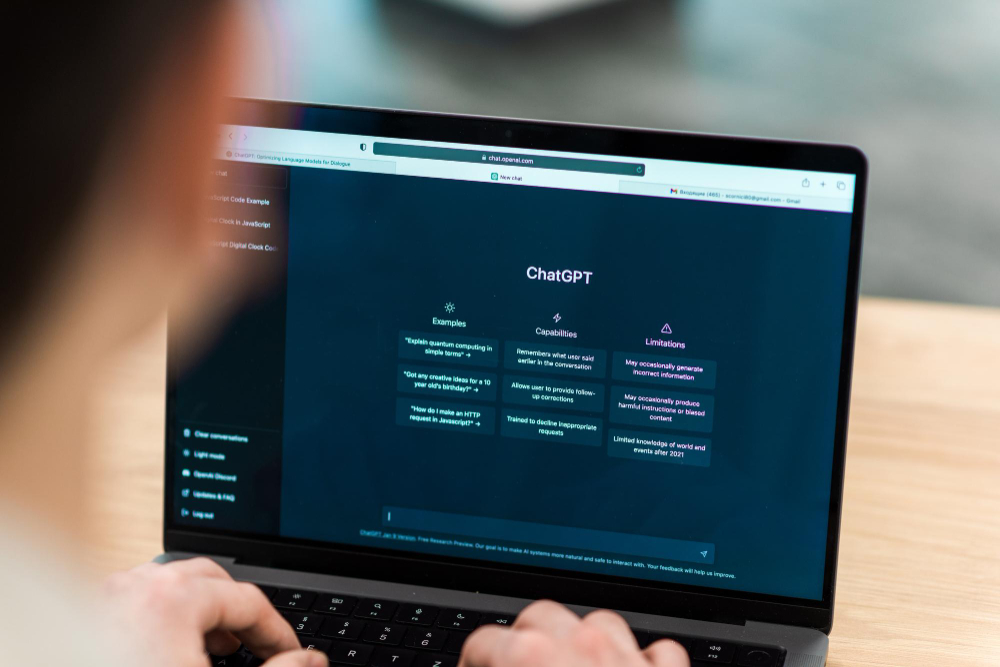


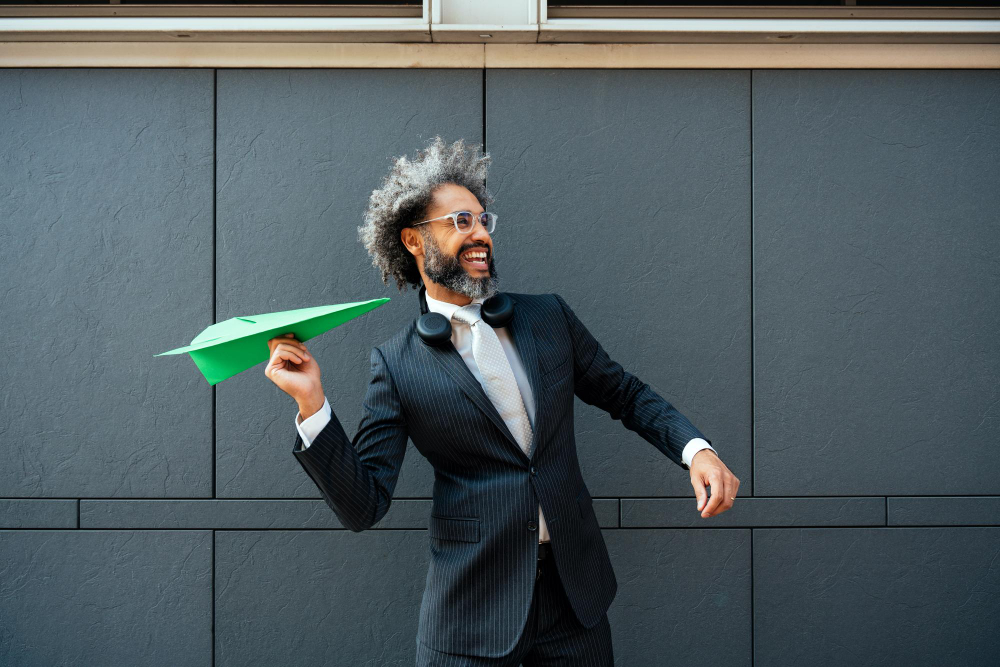



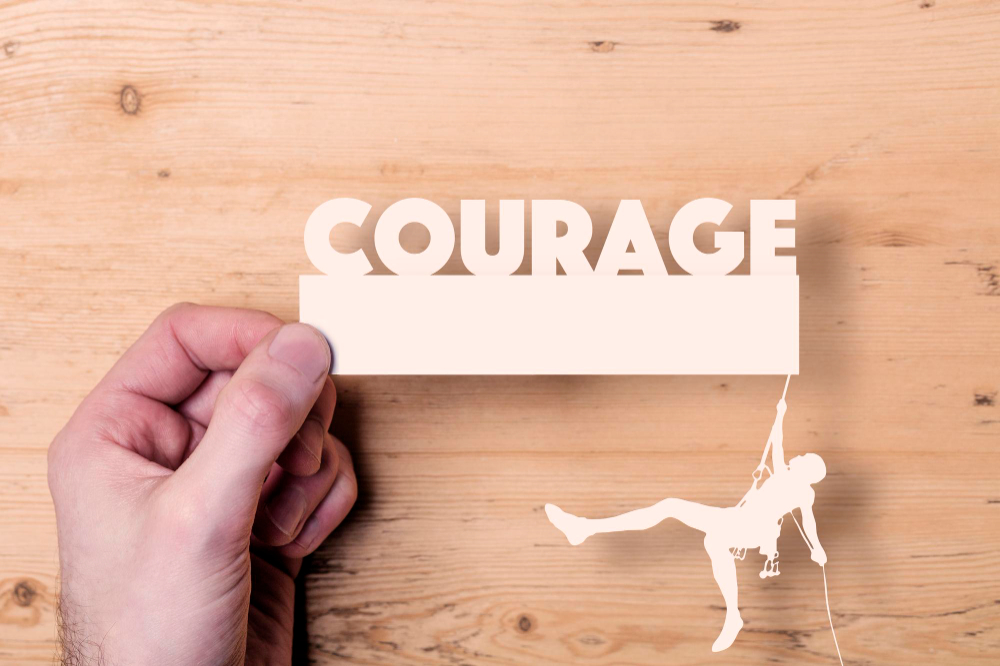

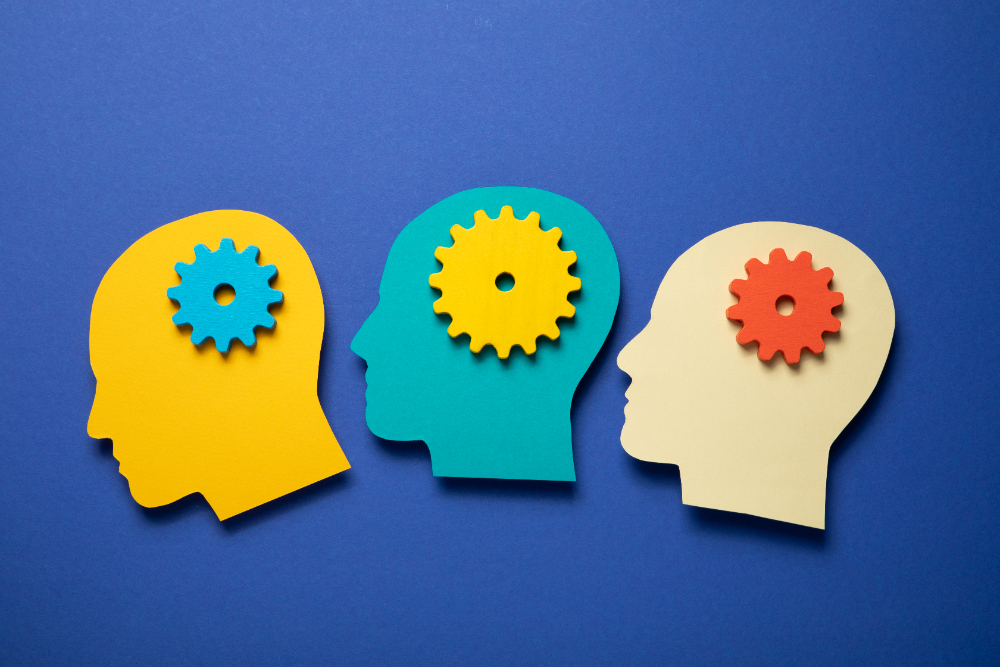
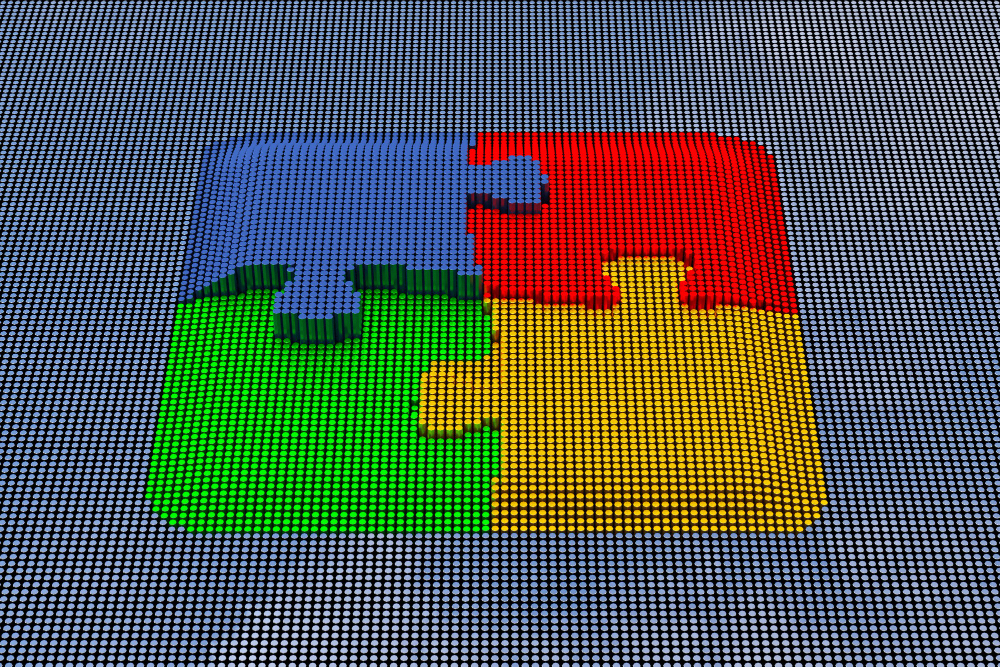


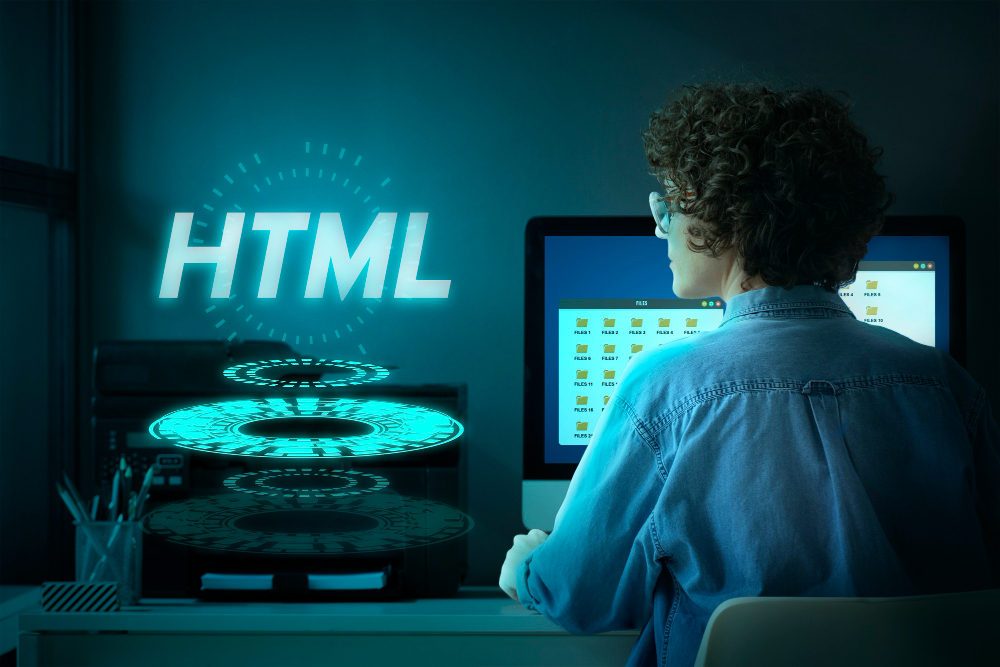


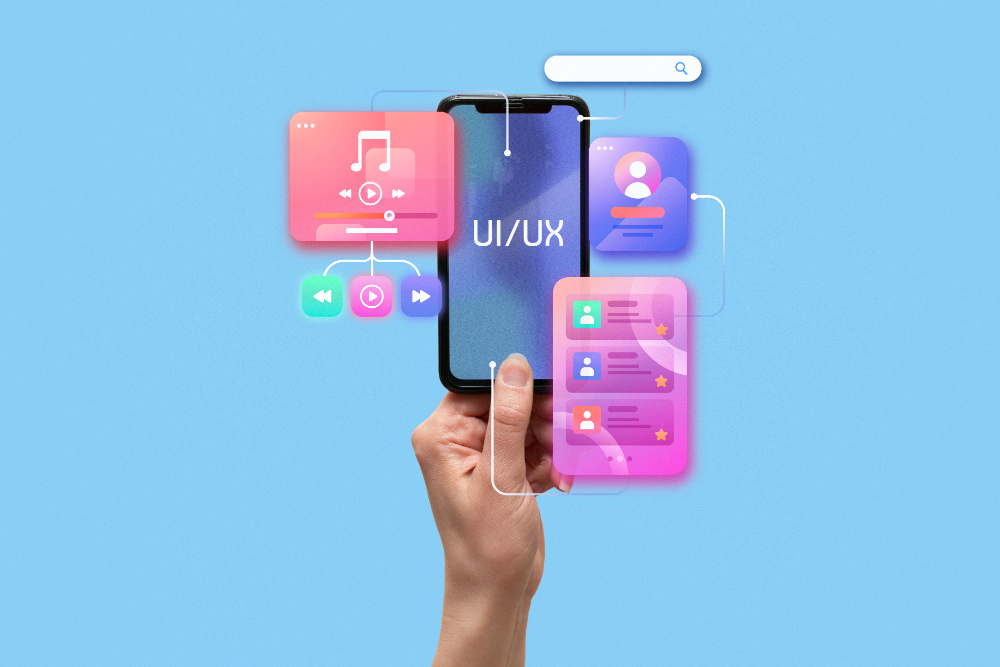

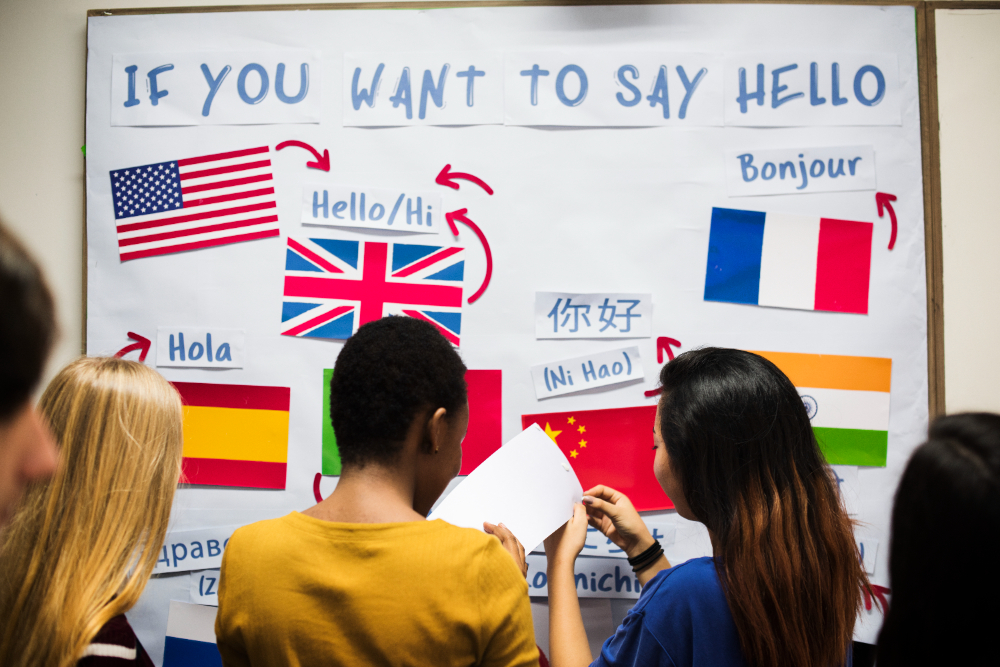

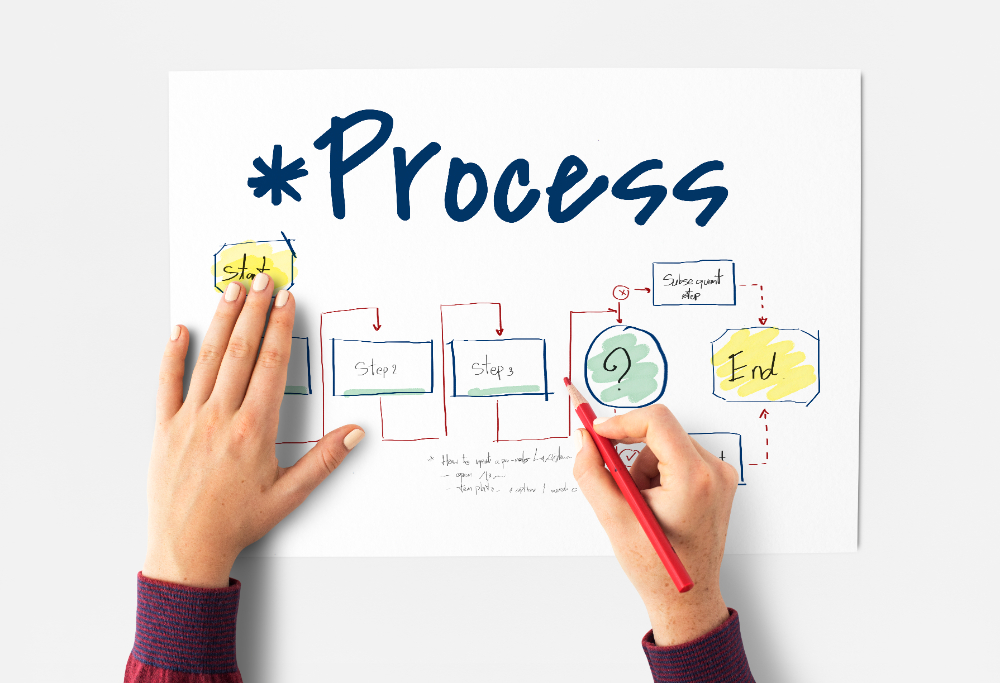



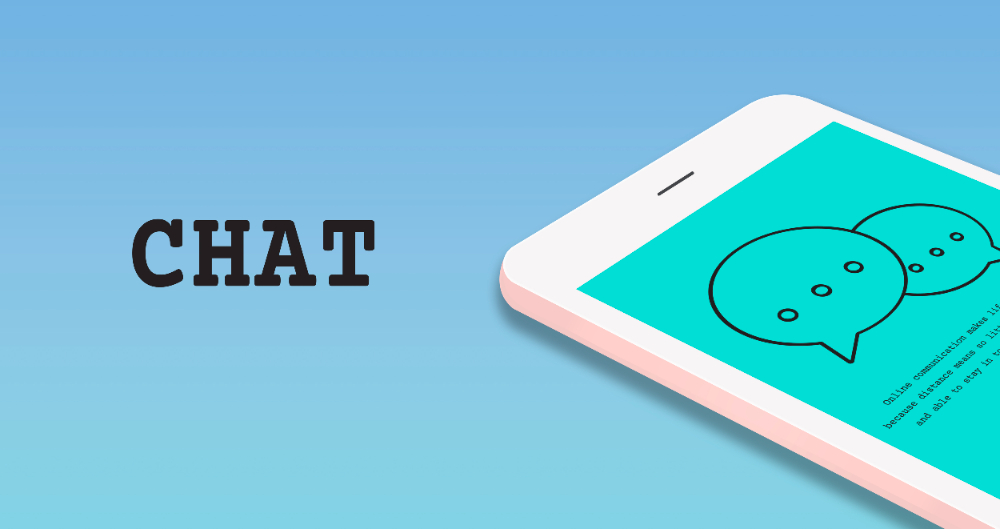

Comments are closed.